| Navigation |
| About • History • Impact • Search Interest • External References • Recent Images • Recent Videos |
About
Kimba the White Lion is a Japanese anime and manga series about a lion cub's coming of age. Many have accused Disney of using many of the characters, ideas and stories for The Lion King, particularly the main character Simba, from the various Kimba properties.
History
The first incarnation of Kimba the White Lion was released as a serialized manga in November 1950. The series ran for four years, ending in 1954 following the release of three volumes.
In 1965, an anime television series began, running for 52 episodes. A followup film and series, New Jungle Emperor: Go Ahead Leo!, soon followed in 1966.
After more than 20 years, a new series, The New Adventures of Kimba the White Lion launched a 52- episode launch. Two more anime films were released, one in 1997 and another in 2009.[1]
Impact
Lion King Controversy
Since the release of Disney's The Lion King, fans and critics have accused Disney of stealing many of the ideas for their film from Kimba. In 1997, Yasue Kuwahara, professor at Northern Kentucky University and director of popular culture studies, wrote the essay "Japanese Culture and Popular Consciousness: Disney's The Lion King vs. Tezuka's Jungle Emperor." She explains that Tezuka, Kimba's creator, "was regarded as not only the forefather of Japanese comics but one of the great men of Japan."
The Hollywood Reporter[2] explains many of the similarities between the properties:
In The Lion King, the main villain is an evil lion named Scar who has a black mane and a scar over his left eye. In Kimba, the main villain is an evil lion named Claw who has a black mane and a scar in place of his left eye. Claw's henchmen include two spotted hyenas. Scar's henchmen include three spotted hyenas. Both Simba and Kimba have, among their small circle of advisors, a wise, sagelike mandrill and a bird -- Lion King's Zazu is a hornbill, Kimba's Pauly is a parrot. There are even early pieces of concept art for The Lion King that depict Simba as a white lion. (Oddly, the similarity between the names Simba and Kimba most likely is coincidental, since "simba" is the Swahili word for lion.) But it was the images -- The Lion King and Kimba feature several scenes and shots that appear to mirror one another -- that critics felt were the strongest evidence of Disney artists having borrowed from Tezuka.

Disney and its animators have denied knowledge of Kimba the White Lion. Lion King co-director Rob Minkoff said, "Frankly, I'm not familiar with [the TV series]. This is the first I've heard of Kimba or Tezuka. I never heard anything or saw anything about his work."
Many did not believe Minkoff's story, however. It was even undermined by Lion King star Matthew Broderick who told friends that he believed he would be voicing a character named "Kimba" in a remake of the Japanese series. He said, "I thought [they] meant Kimba, who was a white lion on TV when I was a little kid. So I kept telling everyone I was going to play Kimba."
Critics of Disney have pointed out that Minkoff's co-director Roger Allers lived in Tokyo during the 1980s, and surely would have seen or heard of Tezuka's work. The Hollywood Reporter also points out, "Panja -- Kimba's father -- was the mascot for the Seibu Lions baseball team, who were basically Japan's version of the Yankees in the '80s, winning eight championships between 1982 and 1992."
Following the film's release, Japanese animator Machiko Satonaka wrote an open letter to Disney, expressing how disrespectful he believed their actions to be. The letter was signed by more than 82 other artists. In the letter, he said:
The attached list of signees are only a fraction of the people you have offended with your recent production that mirrors Osamu Tezuka's 40 year old "Jungle Emperor" comic book and the 1966 "Kimba the White Lion" American TV animated stories. In fact , the doubts about the close similarities between the works began within the American cartoon community.
To Japanese Mr. Tezuka's works are a national legacy. Therefore, the respect and admiration we Japanese felt for Disney Co. is severely diminished. It is not possible to explain the damage inflicted upon our love of this aspect of Japanese culture.
All Japanese admired Walt Disney. I personally thank him for teaching me how writers should keep and protect their own rights and copyrights. Therefore, it is very disappointing to feel doubt about your "Lion King" movie as it is presented today.
Numerous videos have been made comparing the two properties (examples below).
Search Interest
External References
[1] Wikipedia – Kimba The White Lion
[2] The Hollywood Reporter – Big Little Lions: Disney's New 'Lion King' Dodges the 'Kimba' Similarity Issue
Recent Videos 4 total
Recent Images 13 total
Share Pin

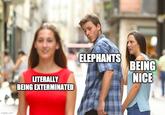
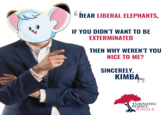

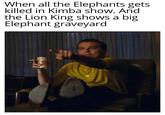
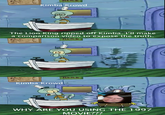





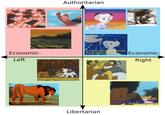
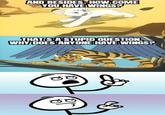





Comments ( 28 )
Sorry, but you must activate your account to post a comment.
Please check your email for your activation code.